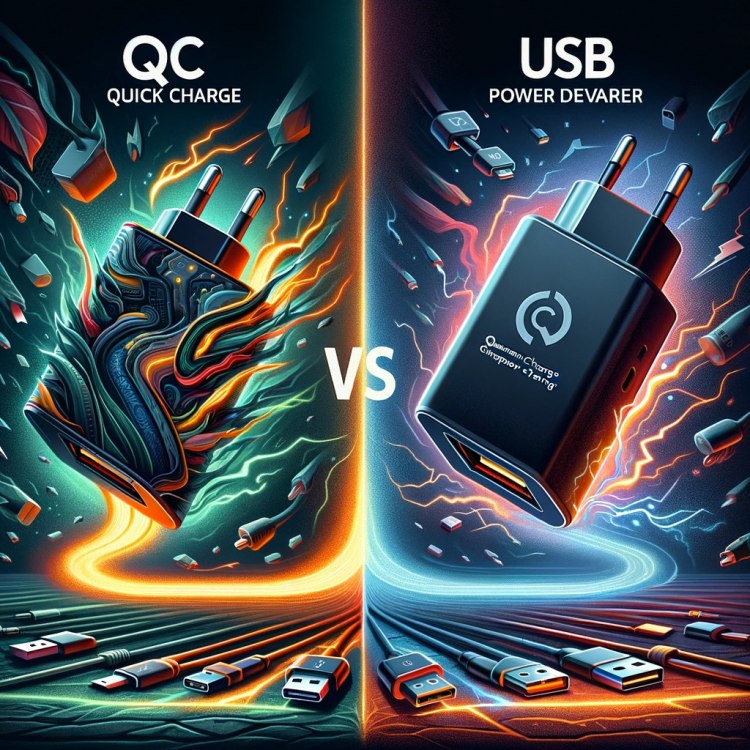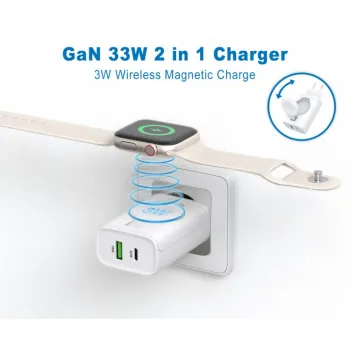Understanding the Complexities and Simplicity of Fast Charging: Qualcomm Quick Charge vs. Power Delivery | ZONSAN

The Essence of Fast Charging
Fast charging technology, a cornerstone in modern device usage, allows for swift power-ups, overshadowing traditional charging methods. It’s a blend of increased wattage, exceeding the standard 9W (5V 1.8A), achieved through enhanced amperage or voltage alterations. Simple, yet profound.
Qualcomm Quick Charge: A Journey Through Speed
Qualcomm Quick Charge, evolving across several versions, has set the bar high in charging technology. Its iterations, from the pioneering QC 1.0 to the groundbreaking QC 5.0, showcase a trajectory of relentless innovation. Consider these points:
1. Quick Charge 5.0: A marvel in Qualcomm's lineup, pushing beyond 100 watts. This version not only drastically cuts down charging times but also integrates comprehensive safety mechanisms to counter overheating and voltage issues.
2. Widespread Adoption: Despite its Qualcomm roots, QC's applicability stretches across a diverse range of devices, transcending the bounds of Qualcomm Snapdragon processors. Its licensing model has paved the way for its integration into various Android devices, tablets, and power banks.
3. Efficiency at Its Core: Markedly faster than traditional chargers, QC enhances charging speed by approximately 40%.
Power Delivery: Universality Redefined
USB Power Delivery stands as a testament to universal charging standards. Its capabilities are as follows:
1. Broad Compatibility: An open-source marvel, PD is a fixture in smartphones and laptops, capable of managing power transfers up to 100W.
2. Adaptive Power: PD is not just about higher power but also about adapting to different devices, a testament to its flexibility and widespread applicability.
3. USB-C: The Connector of Choice: Central to PD's success is its reliance on the USB-C interface, aligning with the modern trajectory of device design.
QC vs. PD: A Comparative Glance
Choosing between QC and PD hinges on your device's specific needs. PD's universality makes it a common feature in smartphones, while QC's tailored voltage delivery system makes it ideal for many Android devices. Qualcomm’s integration of PD in Quick Charge 4.0 marked a significant evolution, merging the best of both worlds.
The Future in Fast Charging
As the realm of fast charging evolves, so does its ability to cater to an array of consumer needs. Products like Baseus chargers and Veger's power banks, which support both QC and PD, highlight an industry trend towards versatility.
In summary, Qualcomm Quick Charge and USB Power Delivery, each with their unique strengths, are steering the course of fast charging technologies. Their ongoing advancements promise a future where charging our devices is not just faster but also smarter, aligning seamlessly with our digital lifestyles.

Read More

Read More

Read More